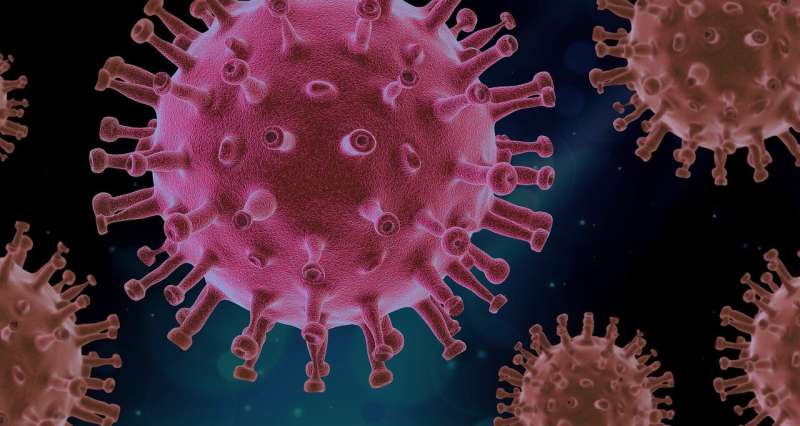Home » Health News »
Researchers establish a profile of the COVID-19 deceased based on the analysis of 140 cases of complete autopsies

Men aged between 60 and 77 with Diffuse Alveolar Damage (DAD)—acute lung injury—in proliferative phase. This is the most frequent profile of the deceased from COVID-19, as identified by researchers of the Department of Legal and Forensic Medicine of the University of Malaga after analyzing 140 cases of complete autopsies.
Moreover, the scientists of the UMA establish that these patients usually show associated conditions such as vascular disease, heart disease and diabetes, and point out that the deceased with this pattern died significantly in a shorter period of time.
“It is the first time that the injuries found in an autopsy and the comorbidities presented by a patient—conditions other than the primary disease—are associated with the likelihood of quicker death,” says Jaime Martín, scientist at the Faculty of Medicine, and one of the authors of this paper, which findings have been published in the journal Current Medical Research and Opinion.
Likewise, this team of scientists of the Legal Medicine, Toxicology and Forensic Dentistry Group, also members of IBIMA-Plataforma BIONAND, reveal that, following the lung, the kidney is the second most affected organ, showing injuries such as thrombosis and tubular damage.
New strategies to reduce mortality
Researchers note the important role of autopsies and their findings to determine the cause of death, as they allow knowing its physiopathology, as well as to establish effective treatment strategies that reduce mortality.
“They should be a key element to understand any disease, but especially in newly emerged diseases like COVID-19,” they say. However, they warn that autopsies of the coronavirus deceased are neither performed in depth nor sufficiently studied.
Systematic review
In order to carry out this research, the scientists performed a systematic review of complete autopsy cases of death caused by COVID-19 existing in the literature, excluding incomplete studies, duplicate cases or autopsies with incidental diagnosis of COVID-19, among other aspects. The initial search strategy retrieved 1282 cases, of which, finally, 140 (92 men and 48 women) were analyzed.
Source: Read Full Article



